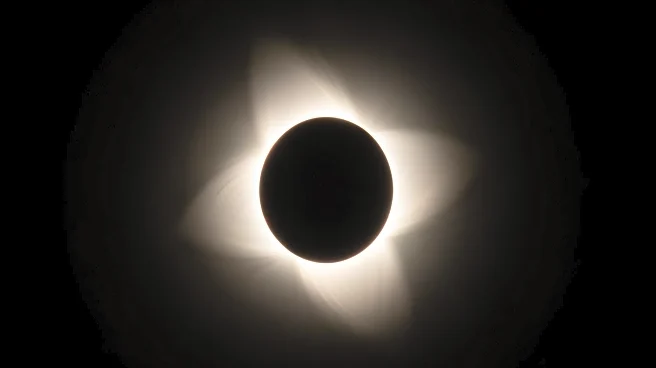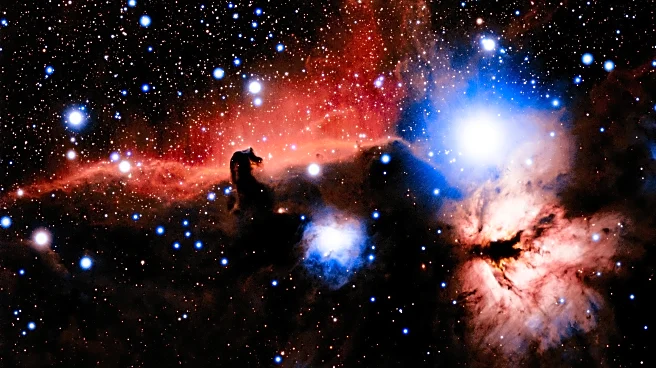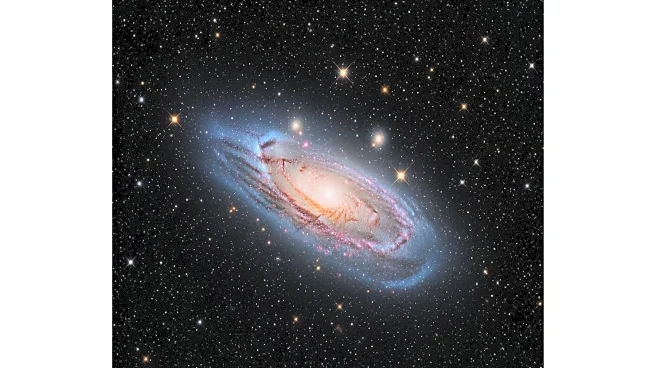What's Happening?
On August 12, 2026, Europe will witness its first total solar eclipse in 27 years, a significant astronomical event that will draw attention from both the scientific community and the general public. The
eclipse will be visible along a path of totality that includes Greenland, Iceland, and parts of Spain. This celestial event occurs when the Moon completely covers the Sun, casting a shadow on Earth. The last total solar eclipse visible in Europe was in 1999, making this a rare opportunity for observers. The eclipse will last approximately 4 hours and 23 minutes, with the totality phase lasting up to 2 minutes and 18 seconds at its peak. This event is expected to attract a large number of tourists and eclipse enthusiasts, known as 'umbraphiles', who travel globally to witness such phenomena.
Why It's Important?
The 2026 total solar eclipse is significant for several reasons. It presents a unique opportunity for scientific research, particularly in the fields of astronomy and atmospheric science. Researchers can study the solar corona, the outer atmosphere of the Sun, which is usually obscured by the bright light of the solar surface. Additionally, the event is expected to boost tourism in the regions along the path of totality, as enthusiasts and tourists flock to these areas to experience the eclipse. This influx can provide a substantial economic boost to local economies. Moreover, the eclipse serves as an educational moment, raising public interest in astronomy and science, and inspiring future generations of scientists.
What's Next?
As the date of the eclipse approaches, preparations are likely to intensify in the regions along the path of totality. Local governments and tourism boards may begin organizing events and accommodations to cater to the expected influx of visitors. Scientists and researchers will also prepare for the event, setting up equipment and experiments to maximize the scientific yield from the eclipse. Public awareness campaigns may be launched to educate people on safe viewing practices to prevent eye damage. The event is also expected to be a major topic in educational settings, with schools and universities potentially organizing viewing events and lectures.
Beyond the Headlines
Beyond the immediate scientific and economic impacts, the 2026 total solar eclipse may also have cultural and social implications. Historically, solar eclipses have been viewed with awe and sometimes fear, often interpreted as omens or signs from the gods. In modern times, they continue to captivate the public imagination, serving as a reminder of the vastness and complexity of the universe. The event may also foster international collaboration, as scientists from around the world converge to study the eclipse, sharing data and insights. This collaboration can strengthen global scientific networks and promote a sense of shared human curiosity and wonder.














